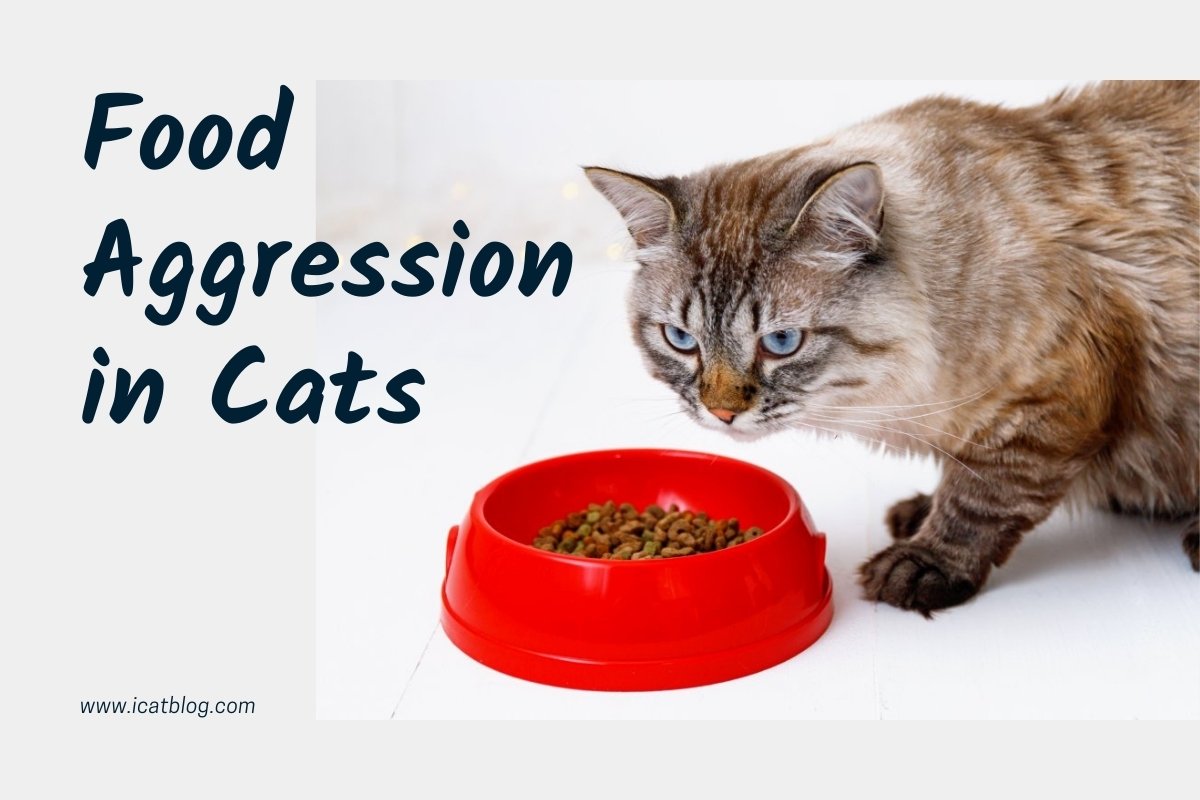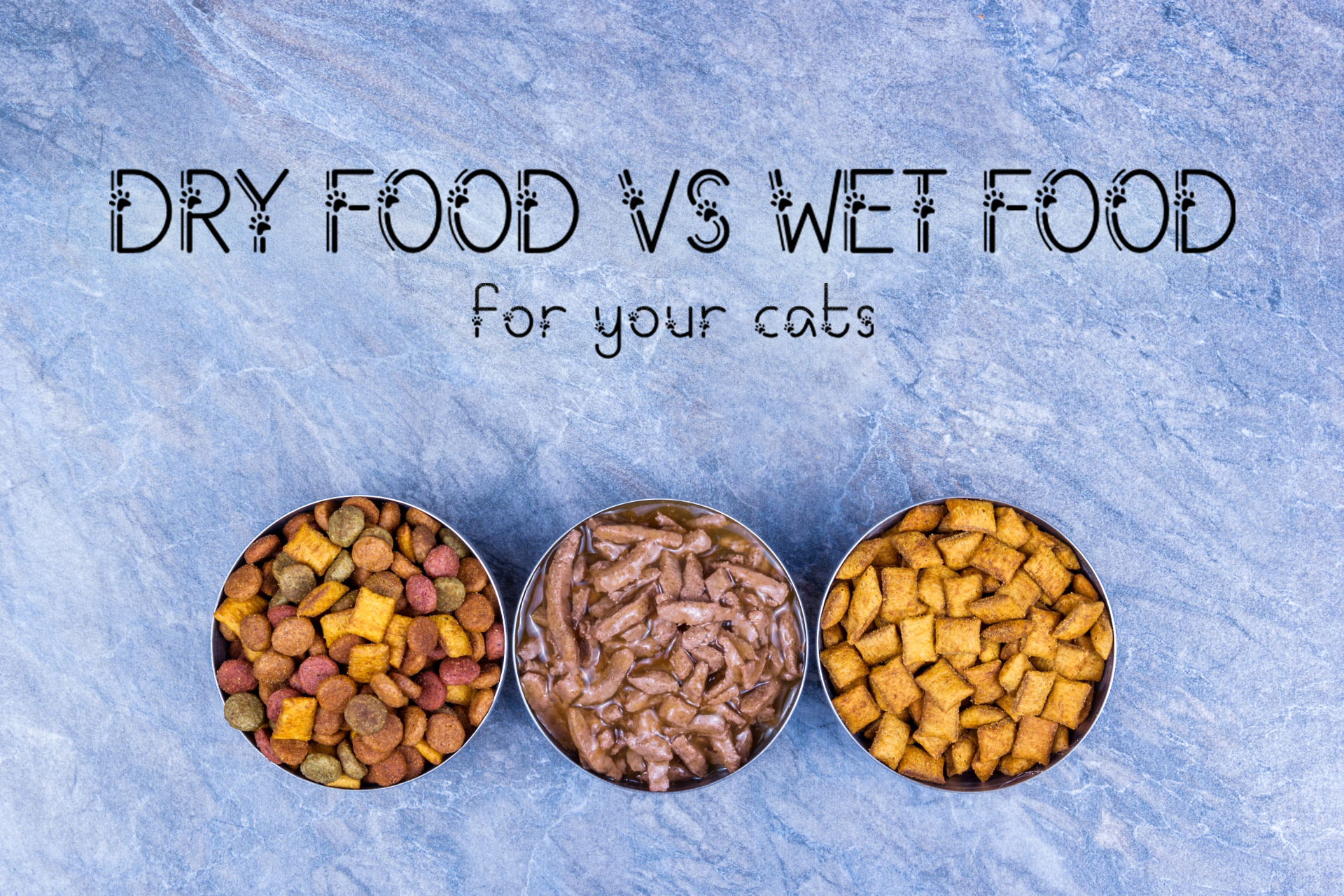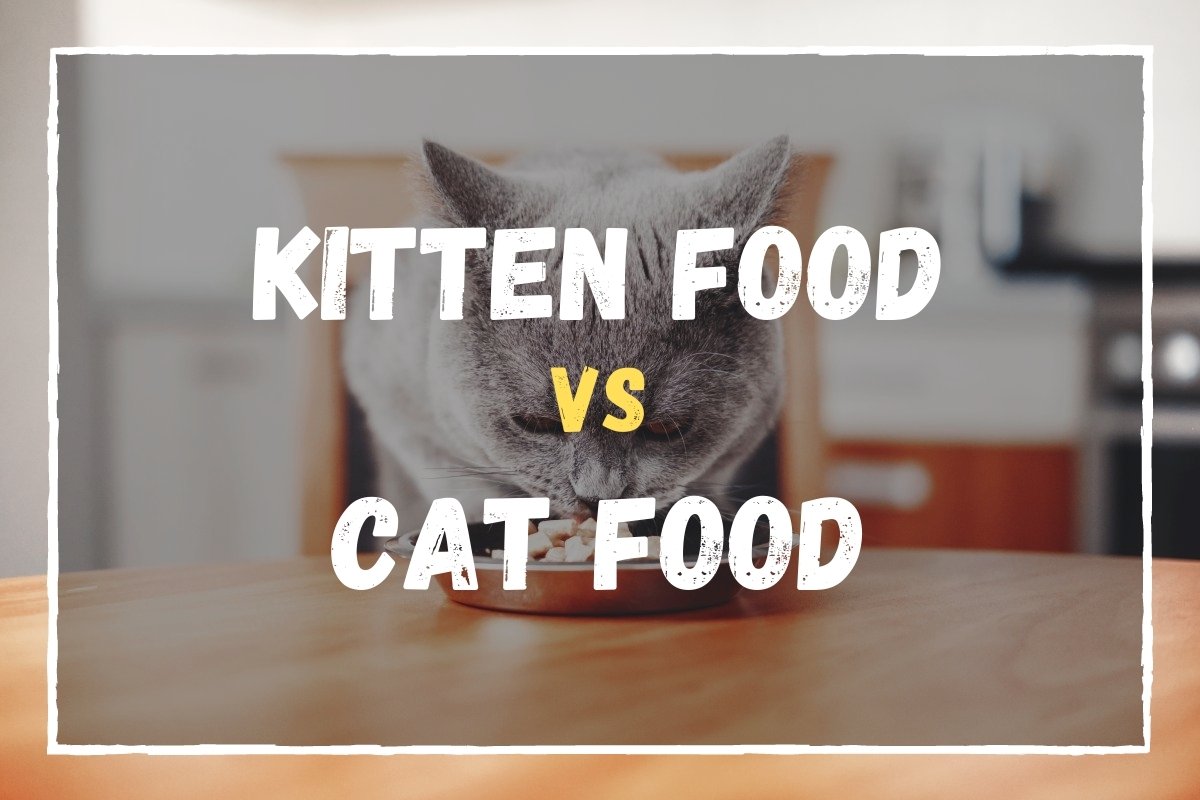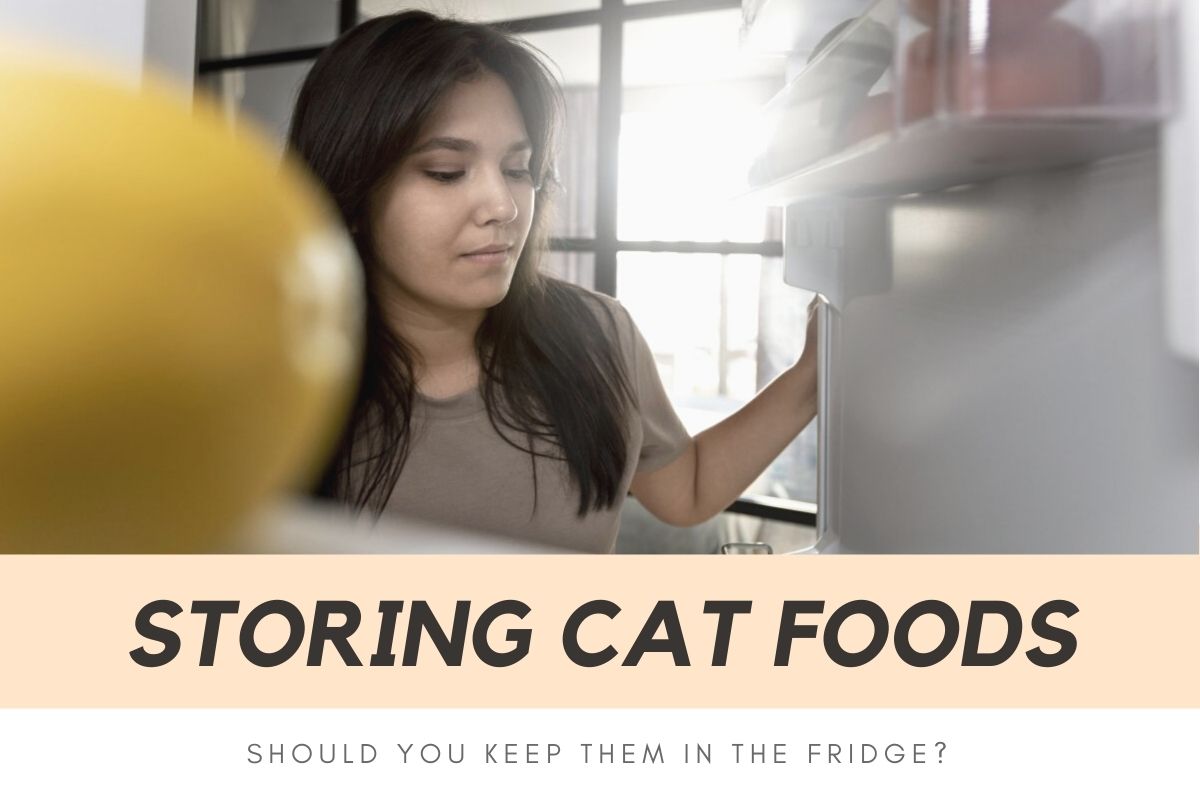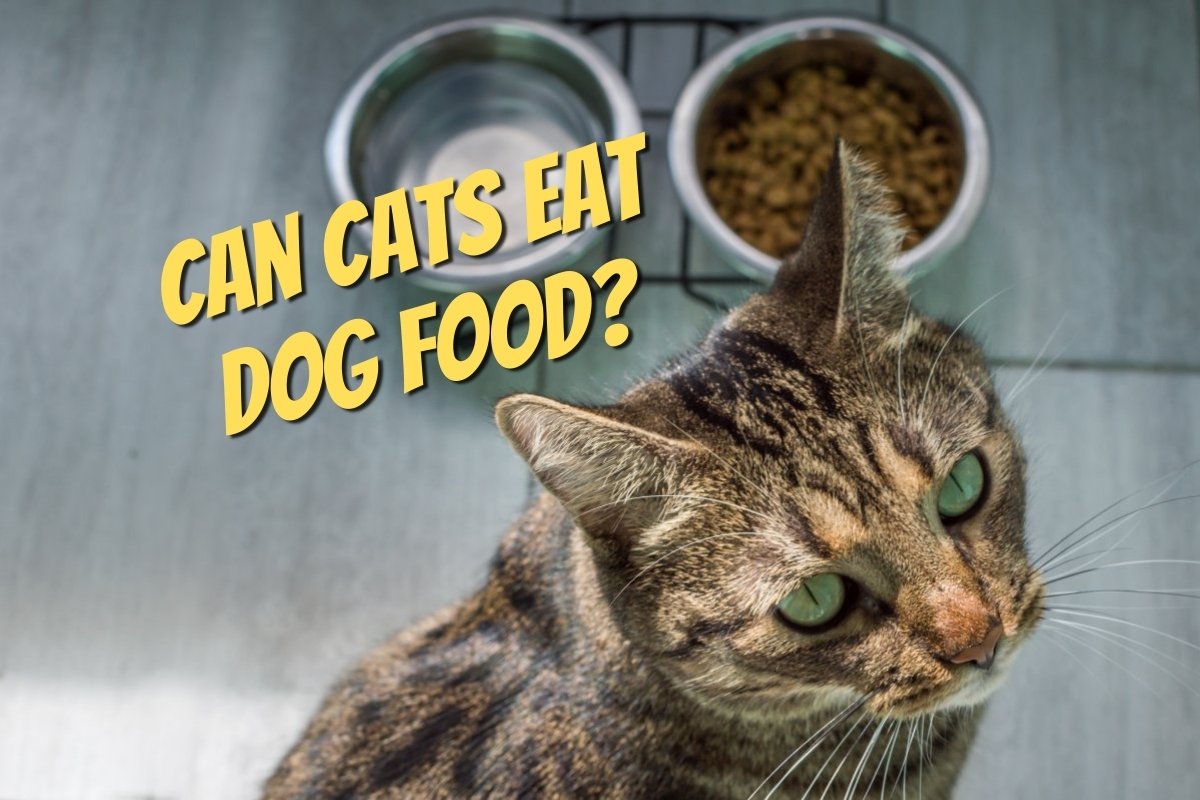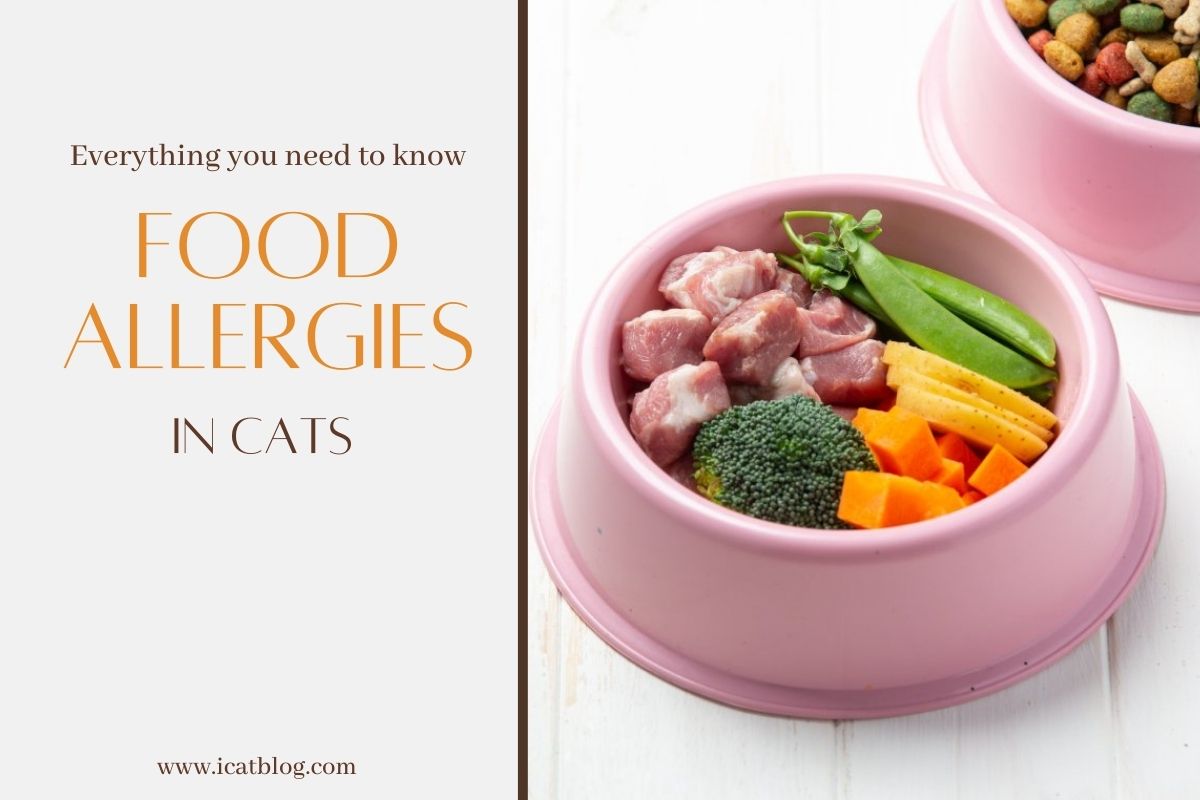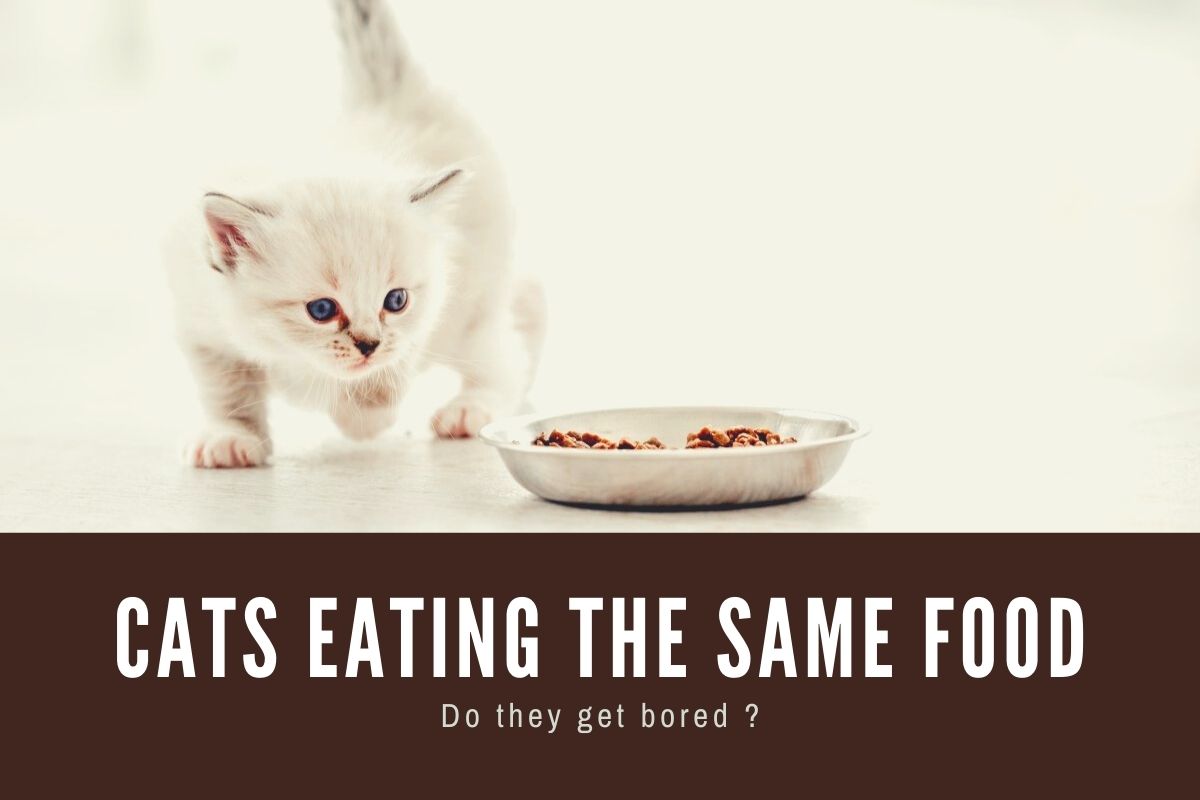Most cats proudly display their love for food and get super excited when it is time for a meal, but sometimes this show of love can spiral out of control and lead to several issues for you and your cat.
Some cats have such a deep passion for food that they become wildly aggressive towards people and other pets during mealtimes. This can be troublesome for cat parents as there is a risk to them and others around of getting attacked by their cat.
In addition, this type of behavior in cats can lead to stress among their parents as they are concerned for their cat’s mental and emotional health.
If your cat has started to show aggression related to food, there are a few ways you can handle it and get rid of your cat’s habit.
Food Aggression and Its Causes
Kitten years– Before we even discuss how to tackle this issue, we must first understand what food aggression is in cats. One of the most common reasons your cat behaves aggressively might have more to do with its younger years as a kitten coupled with instinctive behavior and habits.
Cats tend to be natural hunters and like to gather their food independently; thus, if your cat was adopted from a rescue, then there is a good chance that it had developed this behavior as kitten food aggression.
Environmental factors– these multiple factors can contribute to food aggression in cats. If you have other pets living among your cat, it is safe to say that your cat may feel inferior and think that the other animals threaten it and its food.
As a result, your cat will attempt to munch down as much as possible and may even beg you for more to ensure their belly is fed until the next time they are given food.
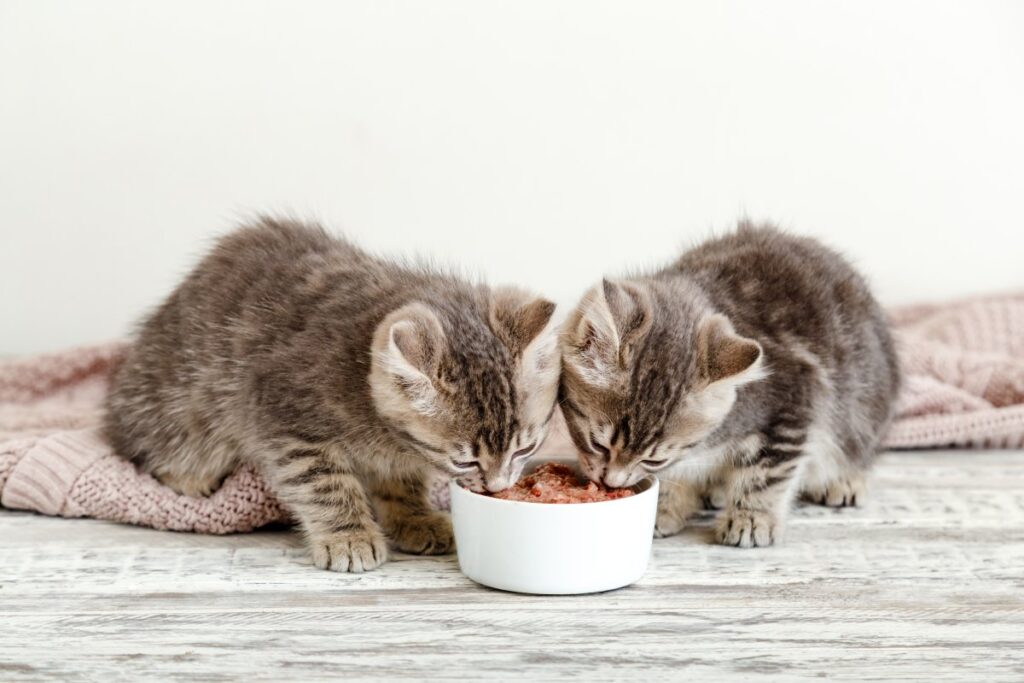
Boredom– Another possible reason for food aggression in cats could be related to the amount of mental stimulation they go through. For example, if your kitty does not have many activities to take part in, then expect boredom to take over.
That being the case, your cat will perceive mealtimes as the most exciting part of their days, thus leading to over-excitement and aggression for food.
Symptoms of Food Aggression in Cats
Food aggression in cats can be simple to identify, look for signs of growling, hissing, and in extreme cases scratching anyone that might approach it during mealtime. Food aggression in cats can make them excessively possessive towards their food, and they will guard their food bowls and squat around the area where they are fed.
In addition to that, they usually eat their food aggressively, chewing it down rapidly and quickly begging for more.
Ways of Treating Food Aggression in Cats
1. Visit the Vet
The first thing to do that is foolproof is to consult your vet quickly. Studies have shown that food aggression in cats can result from neurological conditions and hyperthyroidism.
Therefore, taking your cat for a vet visit can clarify any confusion. They will perform a physical examination on your cat to ensure no serious medical conditions behind the aggression.
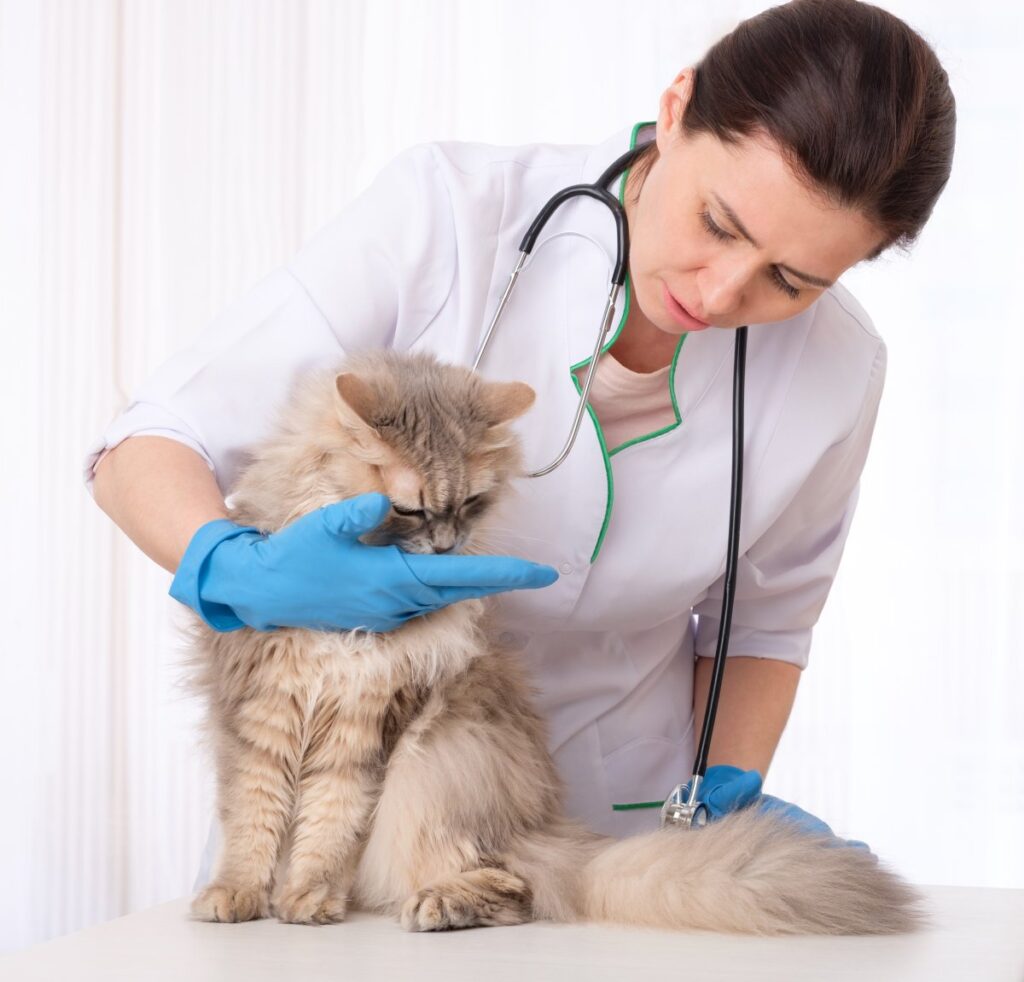
2. Isolate Your Cat During Mealtimes
Once it is certain that no medical condition is the cause behind the food aggression in cats, the next thing you should do is to separate your cat from any other pets or animals around your household, especially when it is time for them to eat.
Providing your cat with a separate space can alleviate any feelings of threat that it might feel from other animals and can significantly reduce their food aggression symptoms.
3. Change Your Cat’s Feeding Routine
Your cat may be concerned with the next meal it will be fed and thus act more aggressively and passionate about food.
Therefore, changing your cat’s feeding routine may help them feel more assured about their next meal and decrease food aggression. Try out different methods such as free feeding and short and small meals that are more frequent.
4. Keep Your Cat Entertained
Cats have natural hunting instincts; thus, providing them with opportunities to fulfill these needs can lead to a more satisfied, content, and less aggressive cat. Try mimicking your cat’s hunting endeavors by letting them roam around in the yard and giving it a treat at the end to resemble a prey they caught.
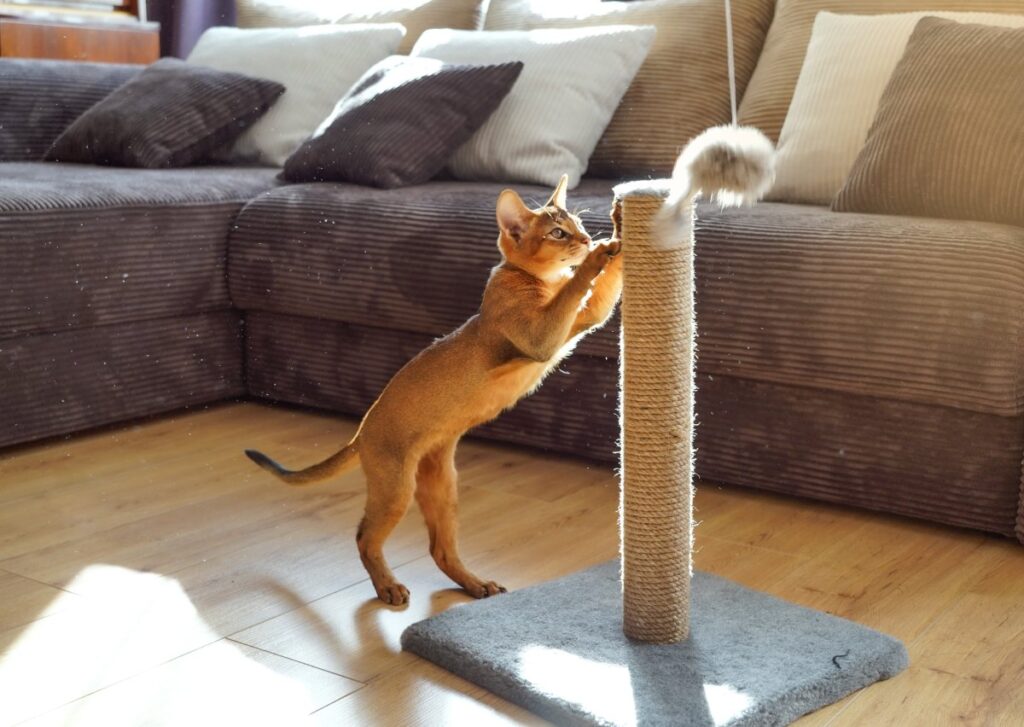
If you tend to be away from home during the day and still want to entertain your cat, you can scatter treats around your home and let your cat use its nose to discover them and be rewarded for being active.
In addition, many cat parents have cat trees around their homes to help keep their cats occupied; this is because cats like to have a tall perspective on their surroundings, and cat trees allow them to have just that.
Bottom Line
Food aggression in cats can be troublesome for every cat parent, but it does not mean that it isn’t treatable. Finding out why your cat is behaving that way is the start every cat parent needs, which allows them to eventually get rid of their cat’s habit of aggression.
Although it can be a difficult and time-consuming task, taking steps to address this issue is crucial, especially if your cat’s aggression has become severe. Trying out different methods to see what works for your cat is the least you can do to ensure your cat becomes more likable and stays peaceful for everyone in your household.
With that being said, we hope this guide was helpful to you in answering all the questions related to food aggression in cats.

